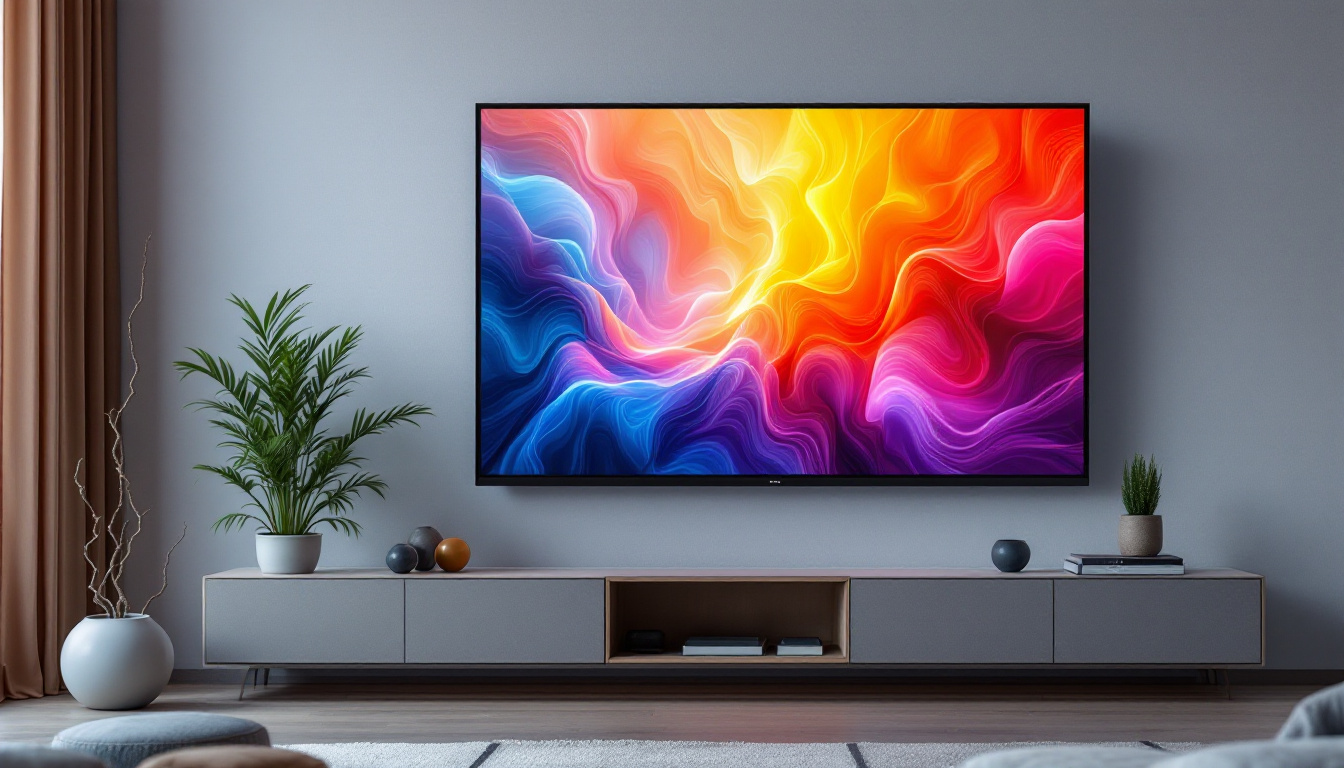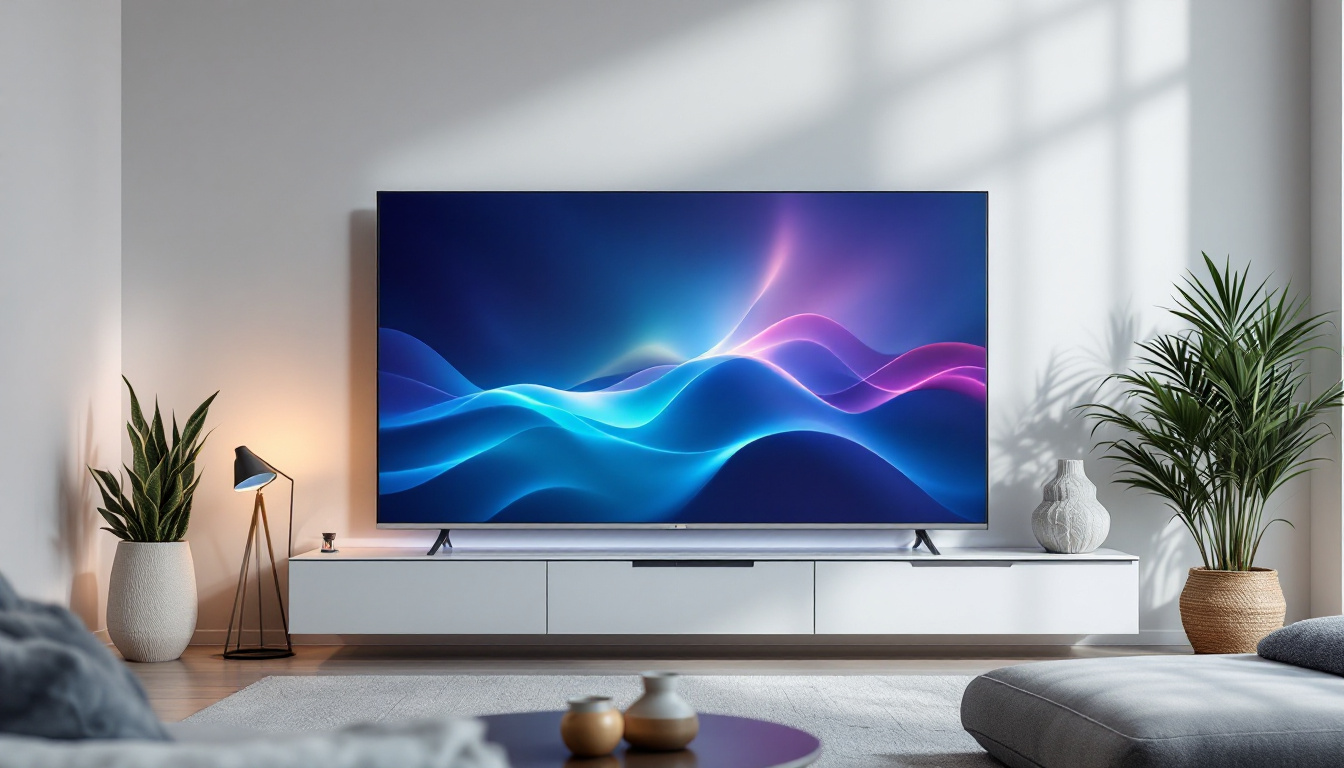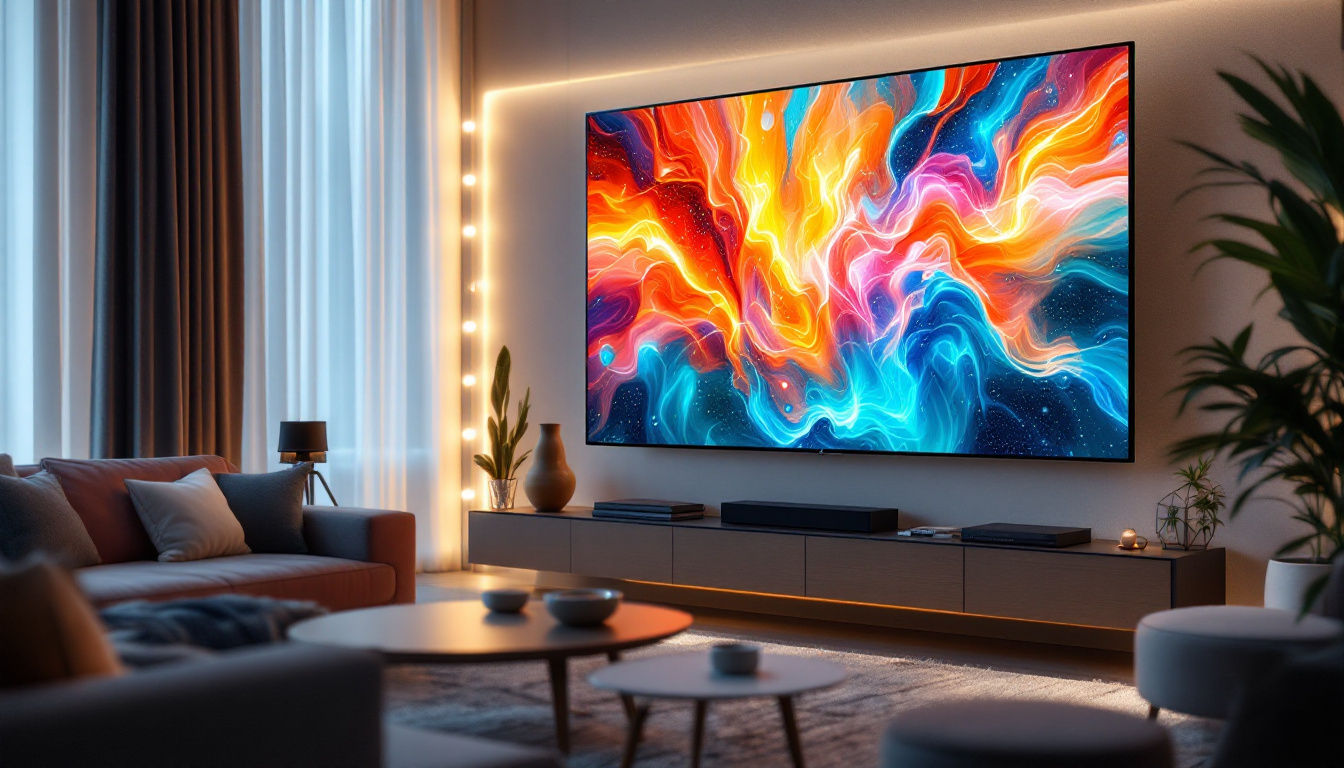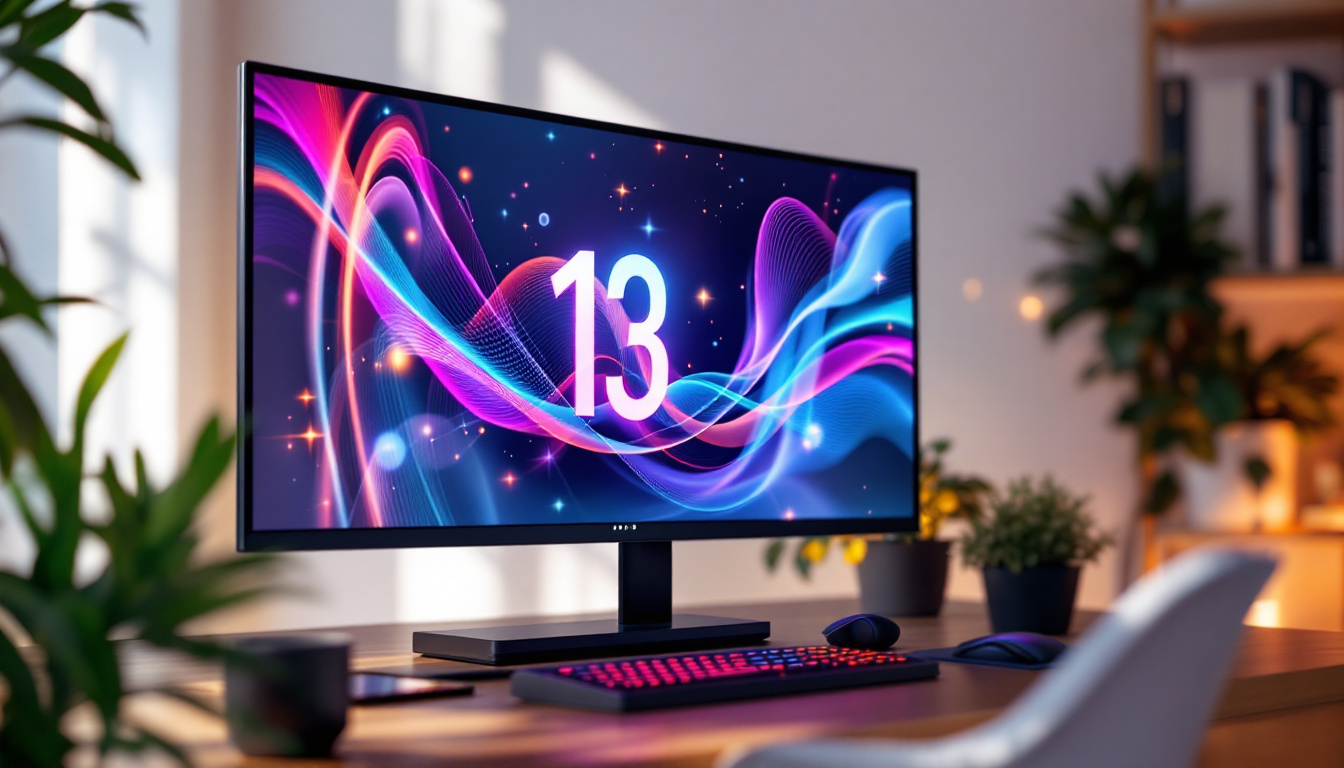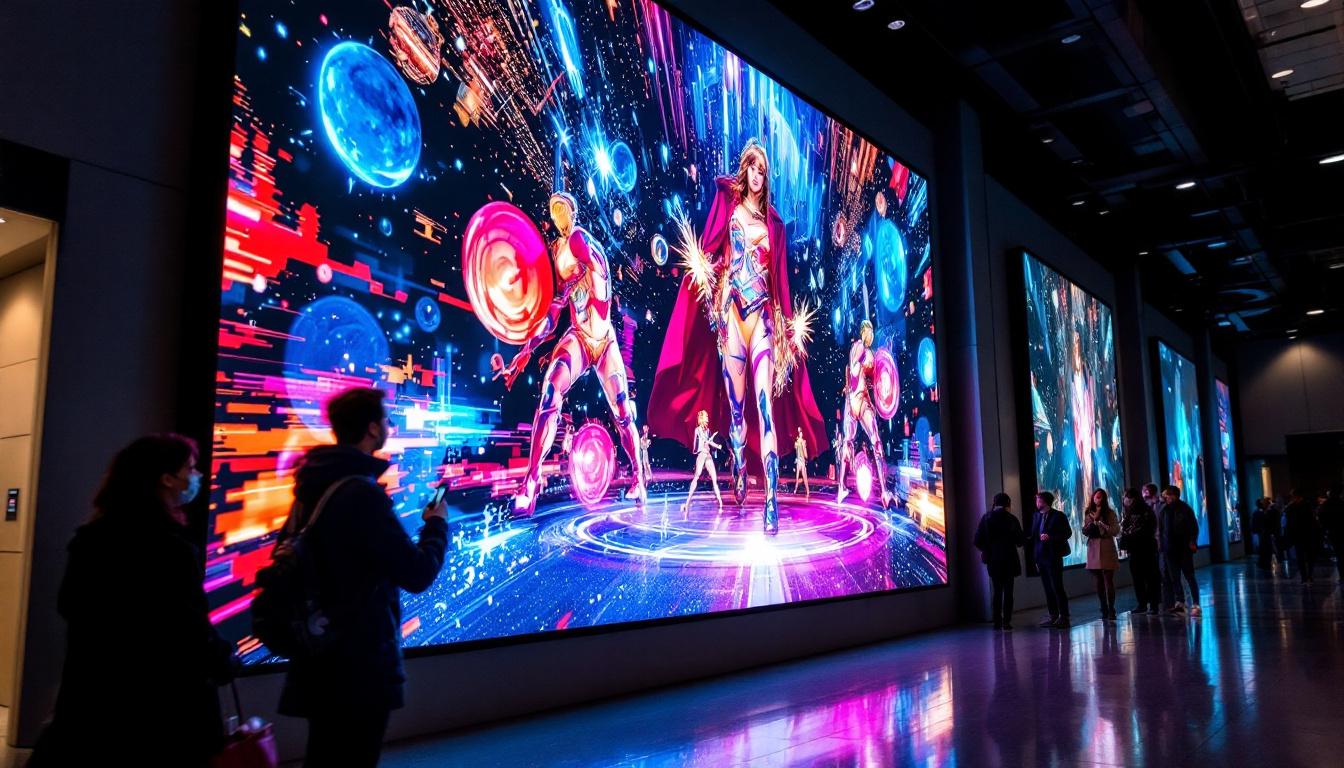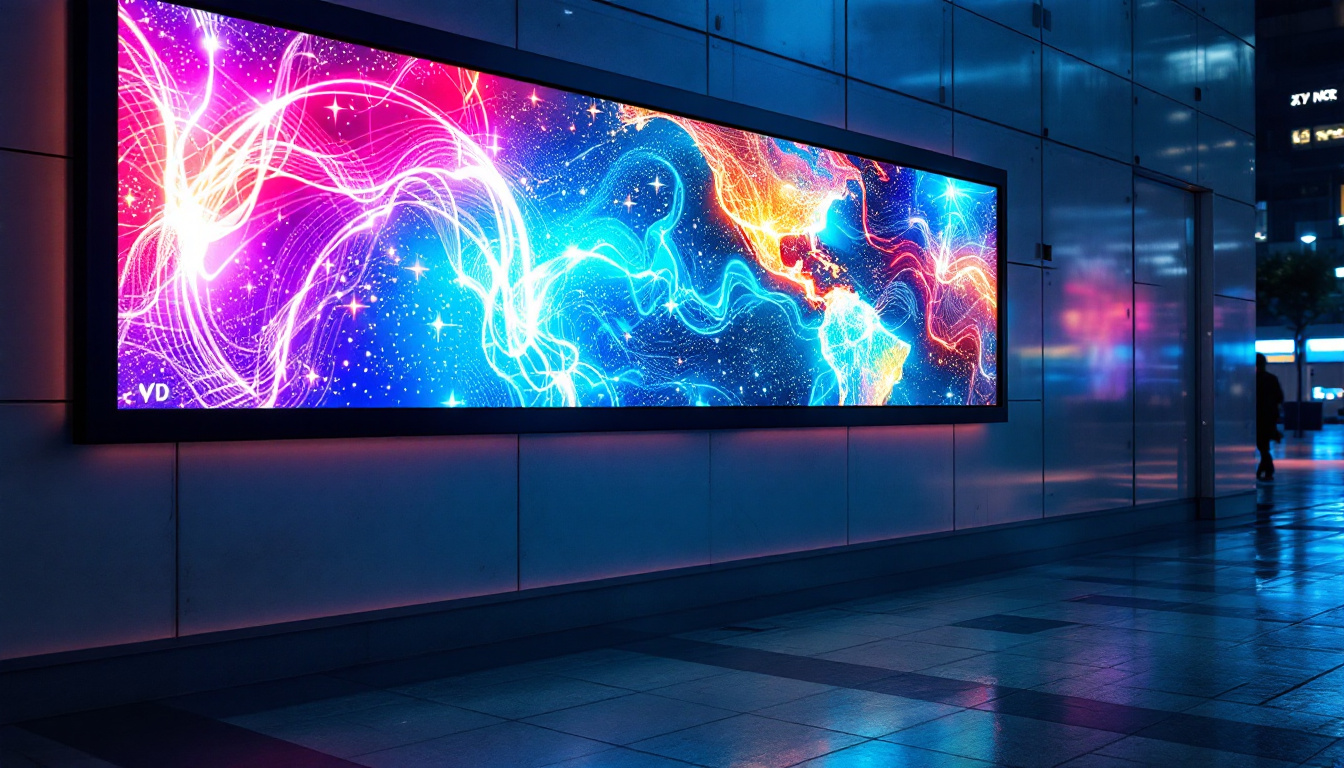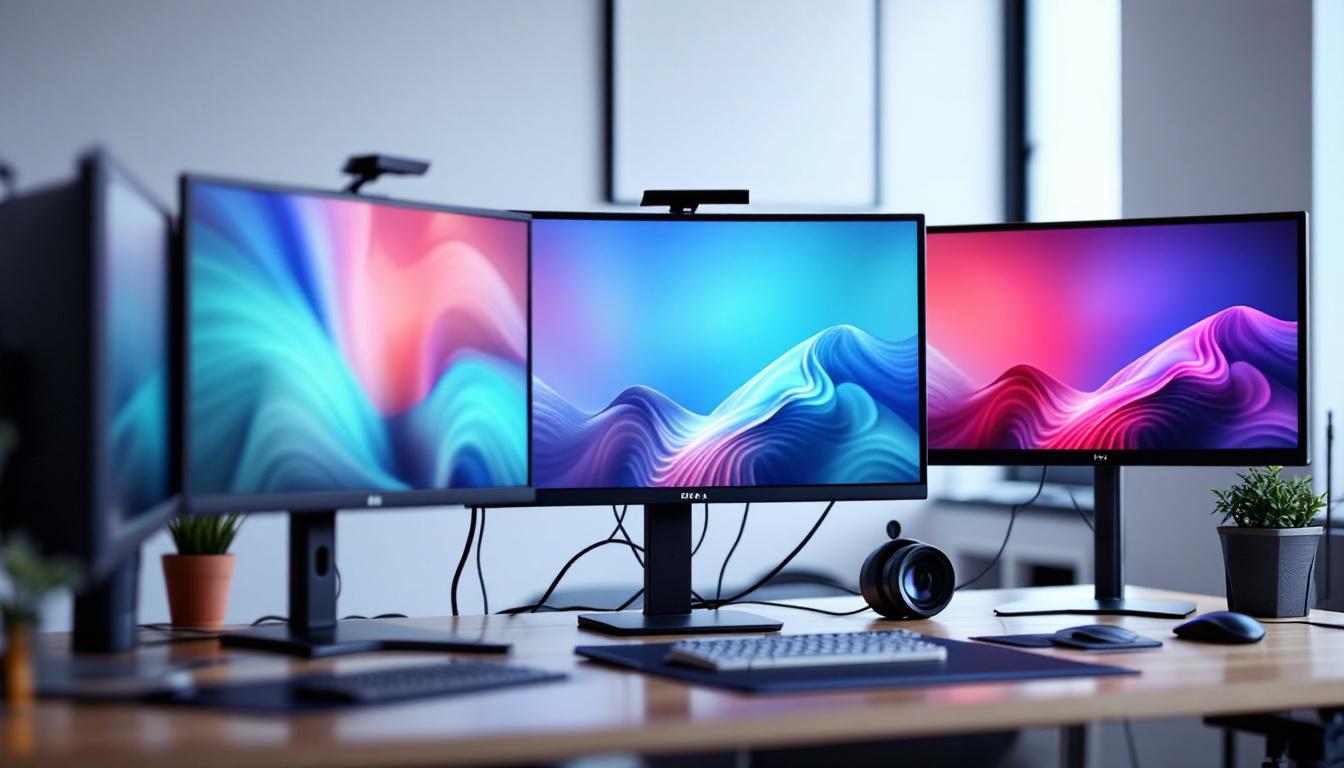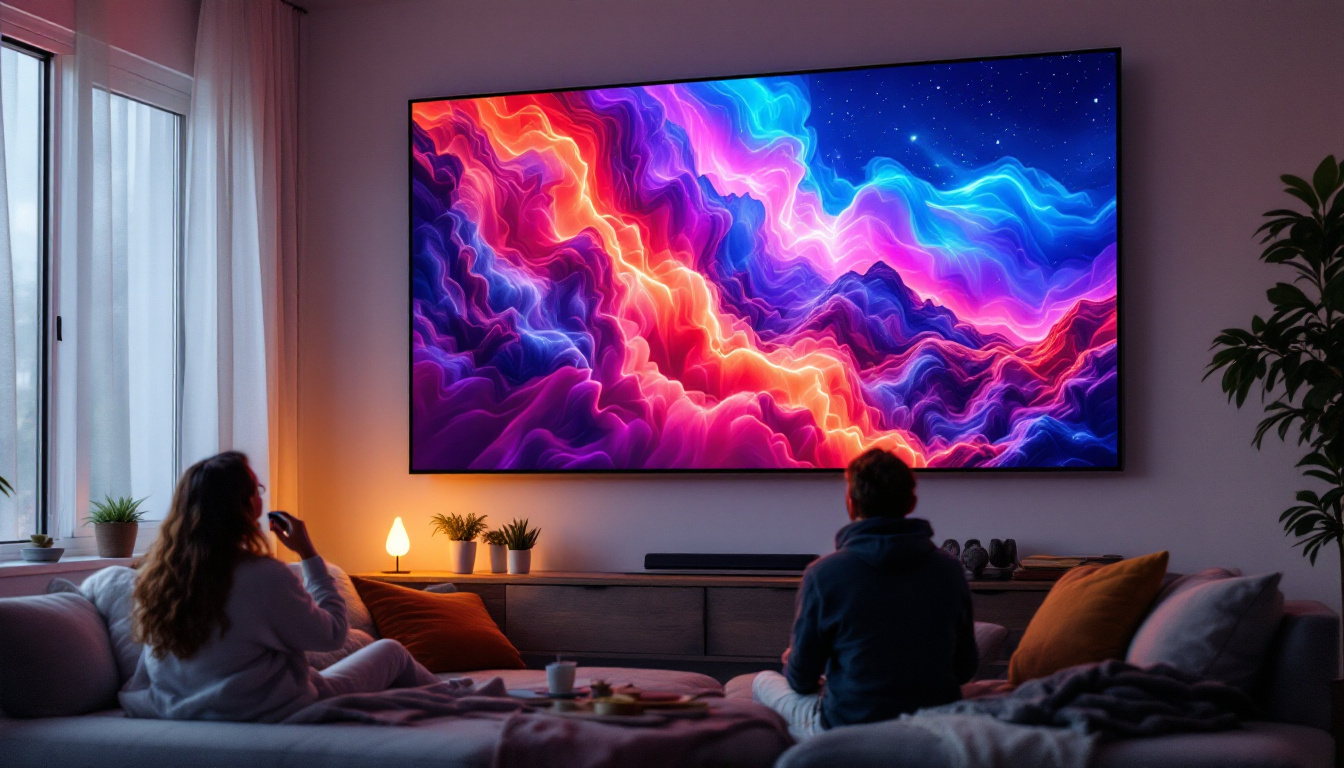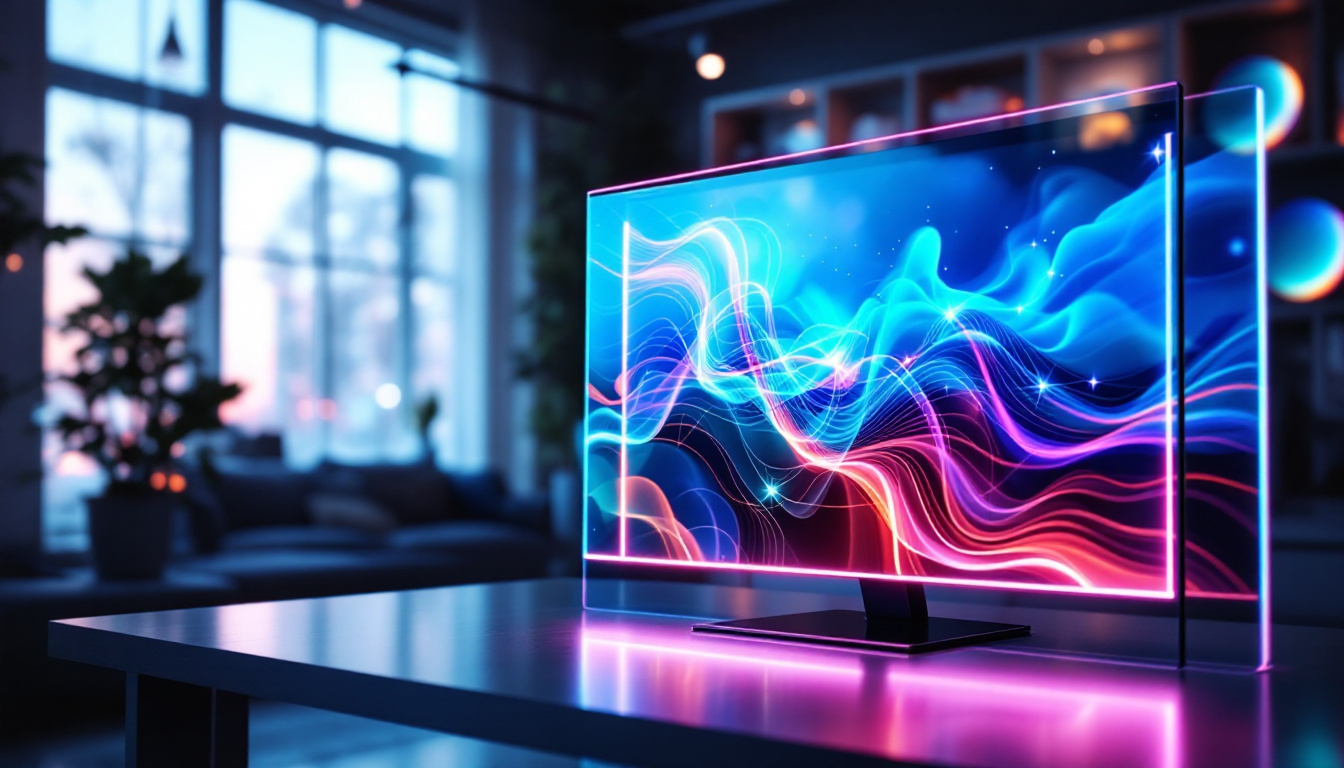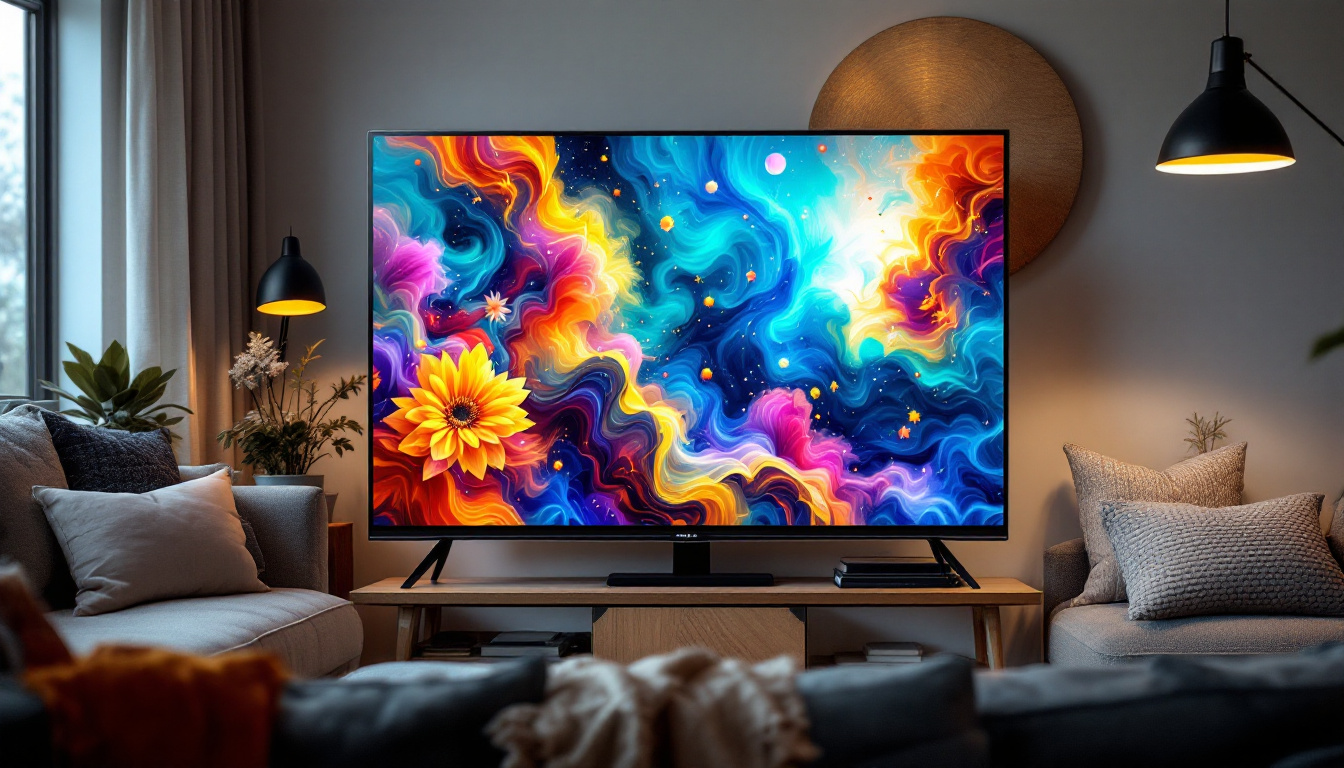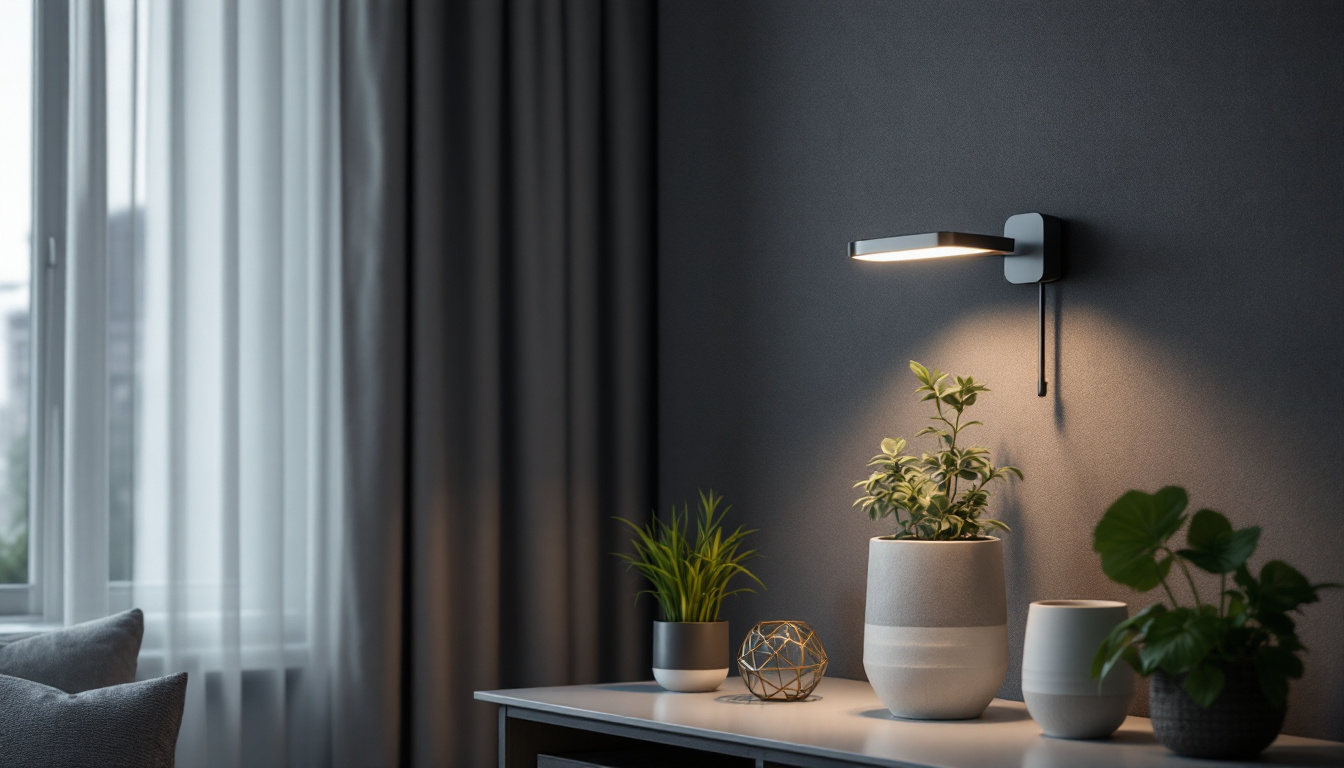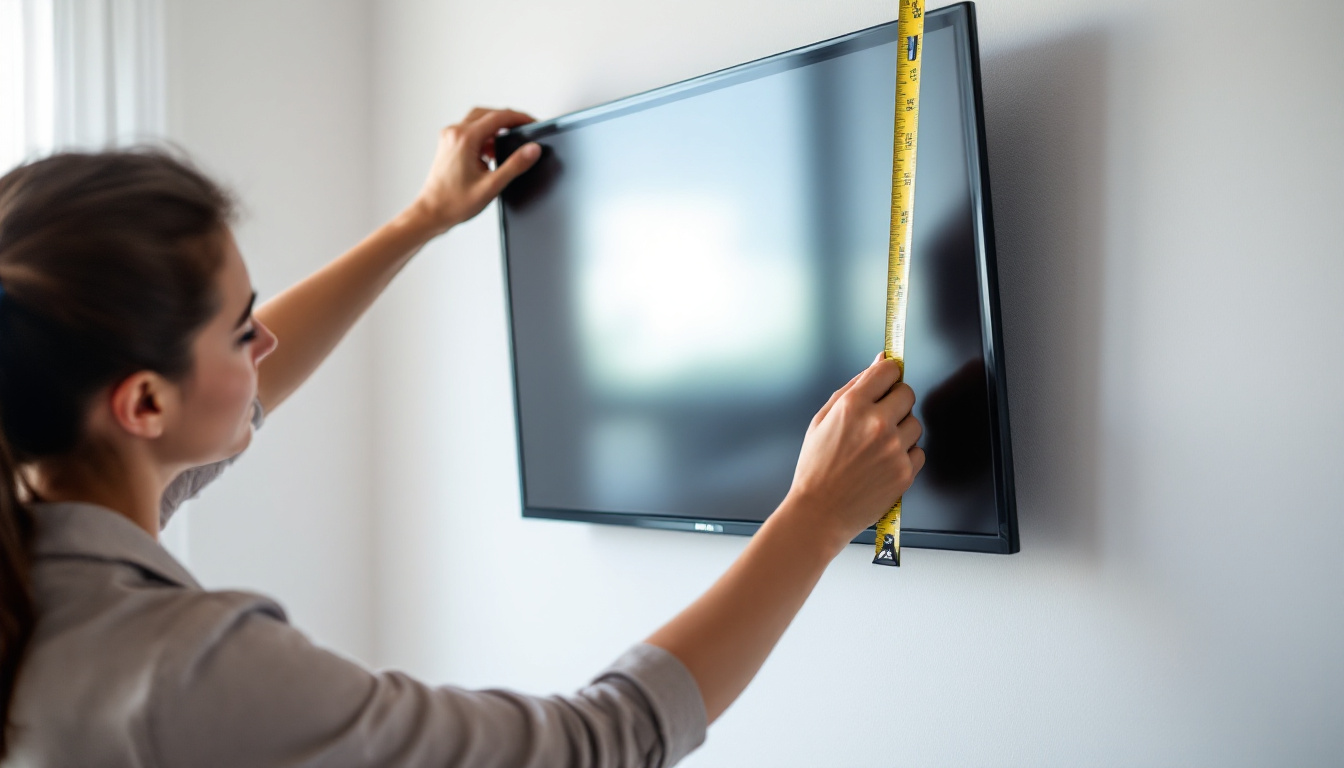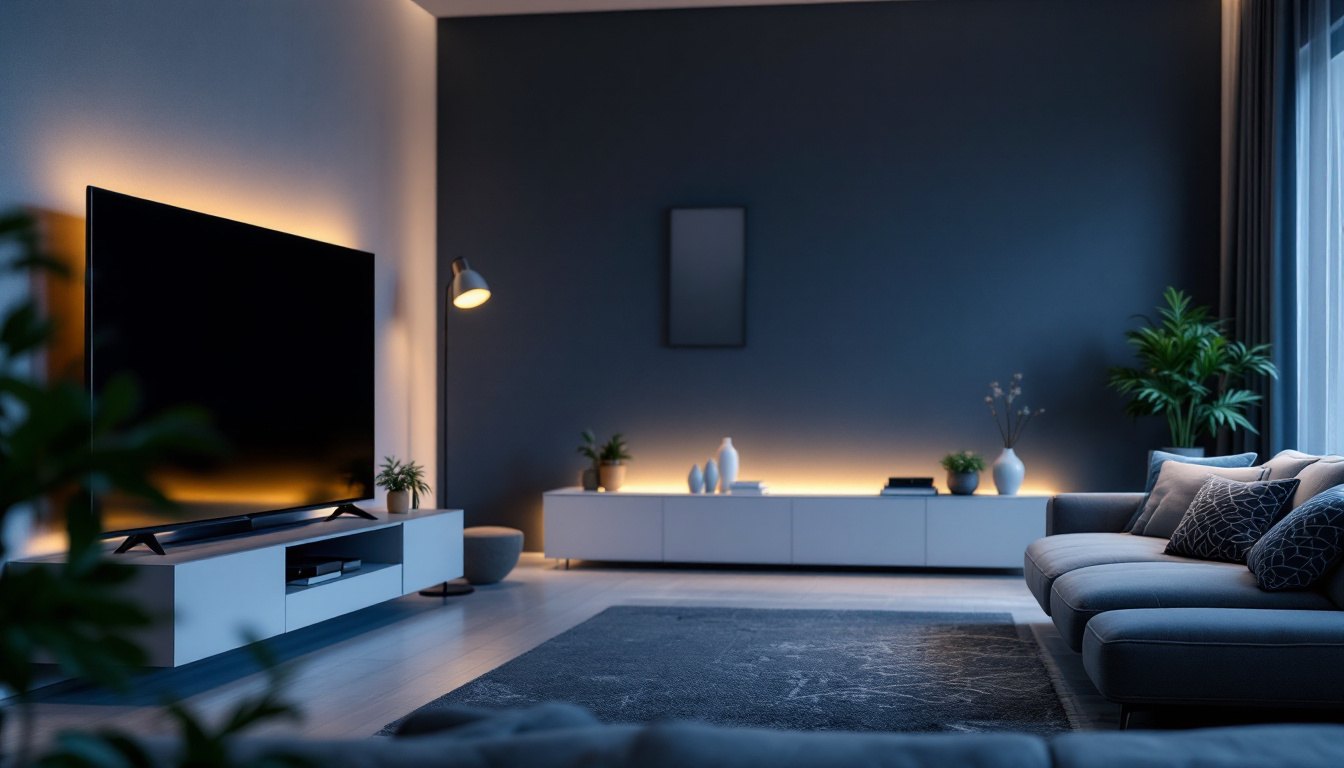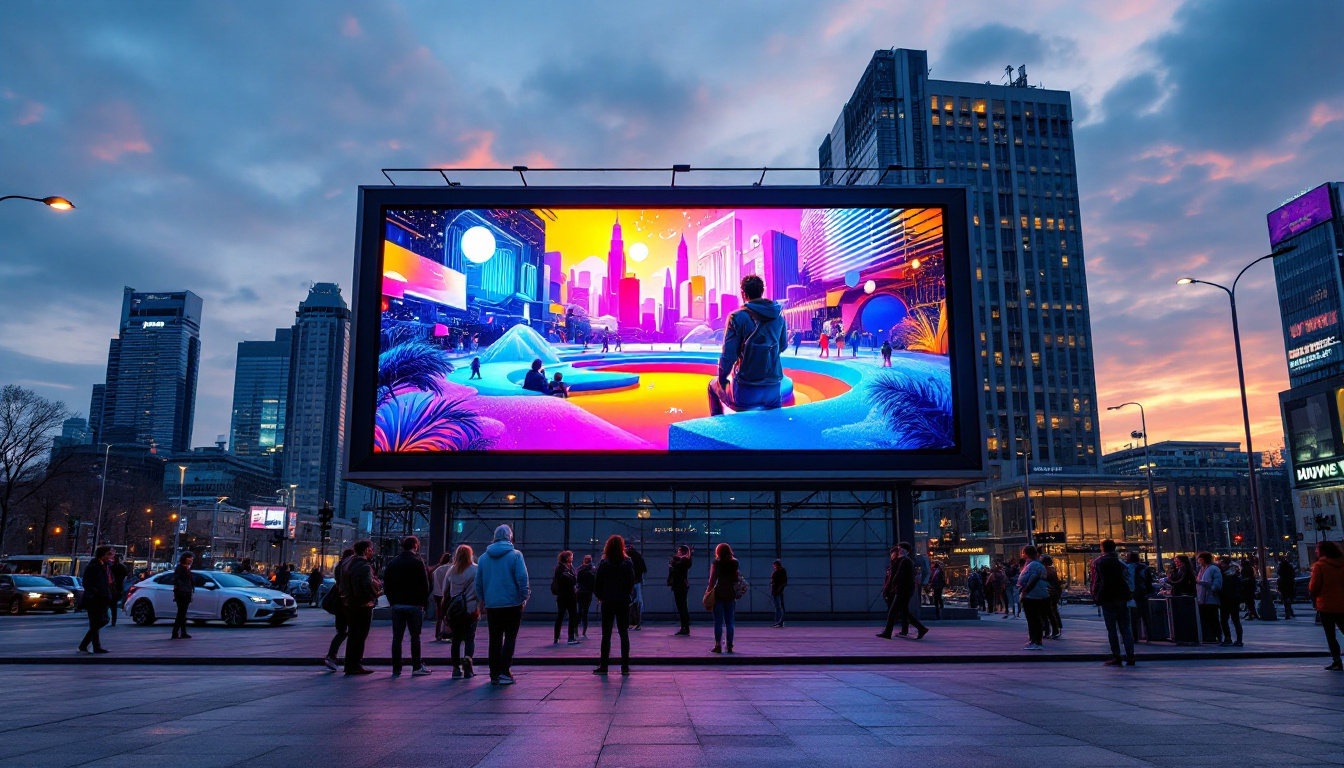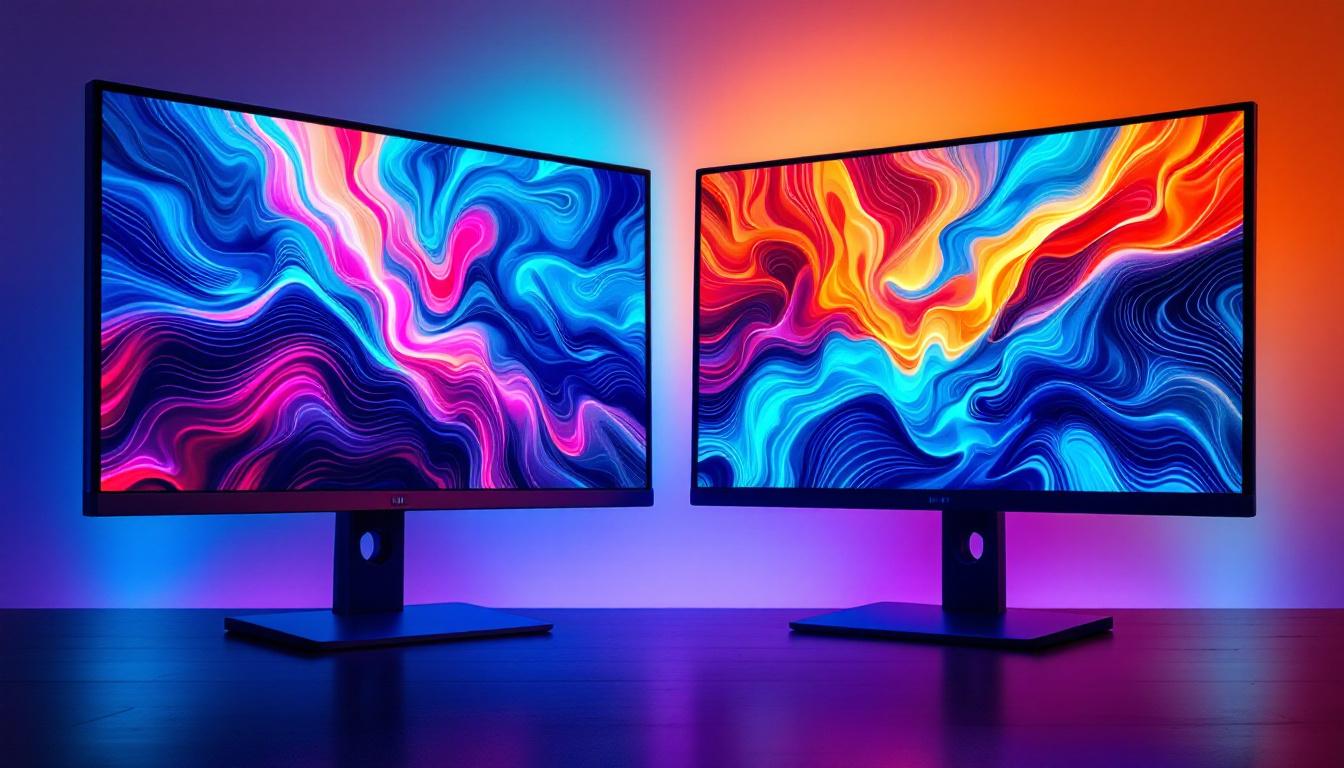In the ever-evolving world of technology, LED displays have become a staple in both commercial and residential settings. Their vibrant colors, high brightness, and energy efficiency make them an attractive choice for various applications. However, the effectiveness of an LED display is not solely dependent on the display itself; the way it is mounted plays a crucial role in its performance and usability. This article delves into the intricacies of AV wall mounts for LED displays, exploring their types, benefits, installation processes, and best practices.
Understanding LED Displays
Before diving into the specifics of wall mounts, it is essential to understand what LED displays are and how they function. LED, or Light Emitting Diode, displays utilize a technology that emits light when an electric current passes through a semiconductor. This technology allows for brighter images, better contrast, and lower power consumption compared to traditional display technologies. The pixels in an LED display are made up of tiny diodes that can produce various colors by combining red, green, and blue light, resulting in a vibrant and dynamic visual experience.
The Advantages of LED Displays
LED displays offer numerous advantages that make them a preferred choice for many users. One of the most significant benefits is their energy efficiency. Compared to LCD or plasma displays, LED screens consume less power, which can lead to substantial savings on electricity bills over time. This efficiency is particularly beneficial in commercial settings where displays are often left on for extended periods, making LED technology an economically sound choice.
Another advantage is their longevity. LED displays typically have a longer lifespan than other types of screens, often lasting up to 100,000 hours or more. This durability makes them suitable for both indoor and outdoor applications, where they can withstand various environmental conditions. Additionally, the robust nature of LED technology means that they are less prone to burn-in issues, a common problem with older display technologies, ensuring that the quality of the image remains consistent over time.
Applications of LED Displays
LED displays are versatile and can be found in a wide range of settings. In commercial environments, they are commonly used for advertising, information displays, and digital signage. Their bright colors and high visibility make them effective for capturing attention in busy areas. Furthermore, the ability to update content remotely and in real-time allows businesses to engage customers with dynamic promotions and timely information, enhancing the overall customer experience.
In residential settings, LED displays are often used for home theaters, gaming setups, and as part of smart home systems. With the rise of streaming services and high-definition content, the demand for quality displays has surged, making LED technology a popular choice among consumers. The integration of smart features, such as voice control and compatibility with various streaming devices, further elevates the user experience, allowing for seamless access to a plethora of entertainment options. Additionally, the sleek design of LED displays complements modern home aesthetics, making them an appealing choice for interior decor.
The Importance of AV Wall Mounts
While the quality of the LED display is paramount, the mounting solution is equally important. An AV wall mount serves as the foundation for the display, ensuring it is securely attached to the wall and positioned for optimal viewing. The right mount can enhance the overall experience, while a poorly chosen or installed mount can lead to frustration and safety hazards. A well-installed mount not only protects the display but also contributes to the aesthetic of the room, creating a clean and organized look that complements the overall design.
Moreover, the choice of an appropriate wall mount can also influence the longevity of the display. Proper ventilation and positioning can prevent overheating, which is particularly crucial for high-performance displays that are used for extended periods. By investing in a quality mount, users can ensure that their display remains functional and visually appealing for years to come.
Types of AV Wall Mounts
There are several types of AV wall mounts available, each designed to meet different needs and preferences. Understanding these options can help users make informed decisions based on their specific requirements.
- Fixed Mounts: These are the simplest type of wall mounts, designed to hold the display flat against the wall. Fixed mounts are ideal for situations where the viewing angle is consistent and does not require adjustment. They are often used in home theaters or commercial settings where the screen is positioned at eye level, providing a sleek and unobtrusive installation.
- Tilting Mounts: Tilting mounts allow users to angle the display downward, making them suitable for installations where the screen is positioned higher than the viewer’s line of sight. This feature can enhance comfort and reduce glare, making it easier to enjoy content without straining the neck. These mounts are particularly popular in classrooms and conference rooms, where the audience may be seated at varying heights.
- Full-Motion Mounts: Also known as articulating mounts, these offer the most flexibility. They allow the display to be pulled away from the wall, tilted, and swiveled, providing a customizable viewing experience. Full-motion mounts are ideal for multi-purpose rooms or areas where the viewing position may change frequently, such as living rooms or entertainment spaces that host gatherings.
Choosing the Right Mount
When selecting an AV wall mount, several factors should be considered. First, the size and weight of the LED display are crucial, as each mount has specific weight limits and compatibility requirements. It is essential to choose a mount that can safely support the display. Additionally, the VESA (Video Electronics Standards Association) mounting pattern of the display should match the mount, ensuring a secure fit.
Additionally, the intended location of the mount plays a significant role. For example, a mount intended for a living room may differ from one designed for a conference room or outdoor setting. Understanding the environment and user needs will guide the selection process. For instance, outdoor mounts need to be weather-resistant and durable, while indoor mounts can focus more on aesthetics and ease of access. Furthermore, considering cable management options can help maintain a tidy appearance, preventing unsightly wires from detracting from the overall setup.
Installation Process
Installing an AV wall mount may seem daunting, but with the right tools and guidance, it can be a straightforward process. Proper installation is critical to ensure the safety and functionality of the display.
Tools Needed for Installation
Before beginning the installation, gather the necessary tools. Common tools include a drill, level, stud finder, screwdriver, and measuring tape. Having these tools on hand will streamline the installation process and reduce the risk of errors.
Steps for Installing an AV Wall Mount
- Choose the Location: Determine where the display will be mounted. Consider factors such as viewing height, proximity to power outlets, and potential glare from windows.
- Find the Studs: Use a stud finder to locate the wall studs. Mounting the display directly to the studs ensures stability and safety.
- Mark the Mounting Holes: Hold the mount against the wall and use a level to ensure it is straight. Mark the locations of the mounting holes with a pencil.
- Drill the Holes: Drill pilot holes into the marked locations. If the mount requires anchors, install them according to the manufacturer’s instructions.
- Attach the Mount: Secure the mount to the wall using screws. Double-check that it is level and firmly attached.
- Attach the Display: Finally, attach the LED display to the mount, following the manufacturer’s guidelines. Ensure that all connections are secure before proceeding.
Best Practices for Mounting LED Displays
To maximize the benefits of an LED display, adhering to best practices during installation and usage is essential. These practices can enhance the viewing experience and prolong the life of the display.
Optimal Viewing Height
The height at which an LED display is mounted can significantly impact the viewing experience. A general rule of thumb is to position the center of the screen at eye level when seated. This positioning minimizes neck strain and enhances comfort during prolonged viewing sessions.
Consideration of Ambient Light
Ambient light can affect the visibility of an LED display. When selecting a location for mounting, consider the amount of natural light in the room. If glare is an issue, tilting mounts or strategically placing the display can help mitigate this problem.
Regular Maintenance
Maintaining an LED display is crucial for ensuring its longevity. Regular cleaning of the screen with appropriate materials can prevent dust and smudges from affecting image quality. Additionally, checking the mount for any signs of wear or loosening can help prevent accidents and ensure the display remains securely in place.
Conclusion
In summary, the choice of an AV wall mount for LED displays is a critical decision that can affect both functionality and safety. Understanding the different types of mounts, installation processes, and best practices can empower users to make informed decisions that enhance their viewing experience. Whether for commercial use or personal enjoyment, a well-mounted LED display can transform any space, offering vibrant visuals and engaging content.
As technology continues to advance, the integration of LED displays into various environments will only increase. By investing in the right mounting solutions and adhering to best practices, users can ensure that their displays perform optimally for years to come.
Discover LumenMatrix’s Innovative LED Display Solutions
Ready to elevate your space with the latest in LED display technology? Look no further than LumenMatrix, where innovation meets visual artistry. Our comprehensive range of LED display solutions, from Indoor and Outdoor LED Wall Displays to specialized options like Vehicle, Sports, and Floor LED Displays, is designed to captivate and engage. Experience the future of visual communication with our Custom, All-in-One, and Transparent LED Displays. Embrace the power of LumenMatrix to create unforgettable visual experiences and share your message with unparalleled clarity. Check out LumenMatrix LED Display Solutions today and transform your space into a dynamic visual masterpiece.

